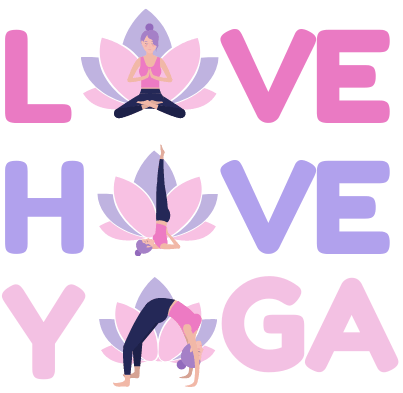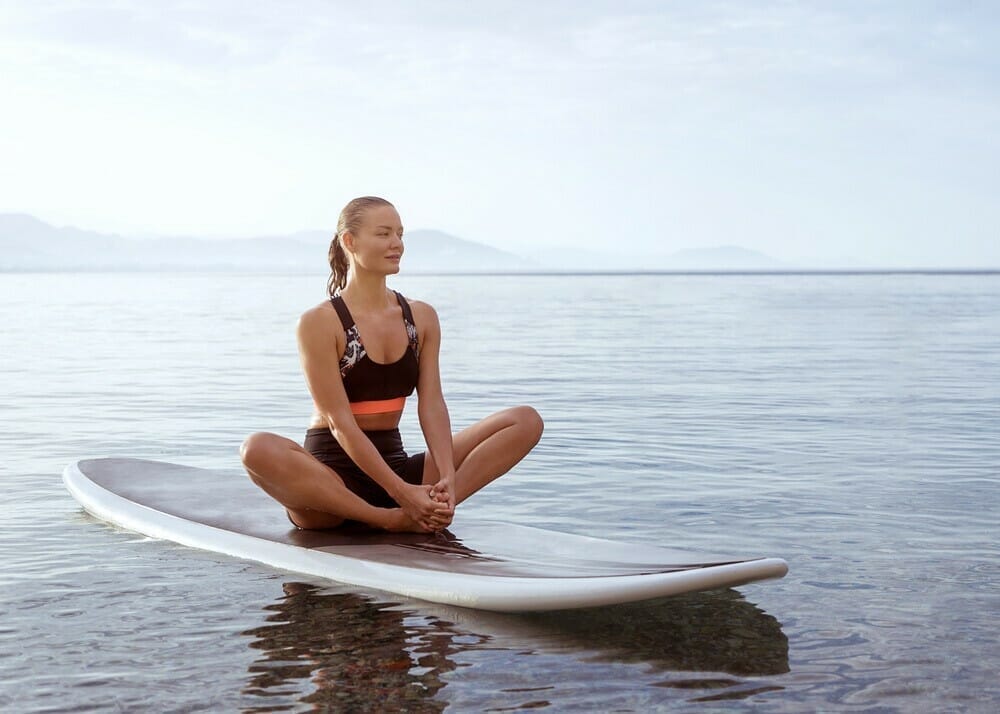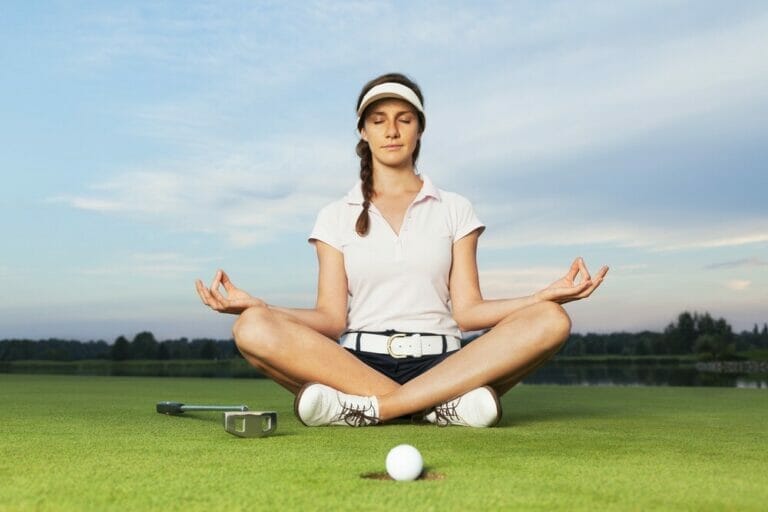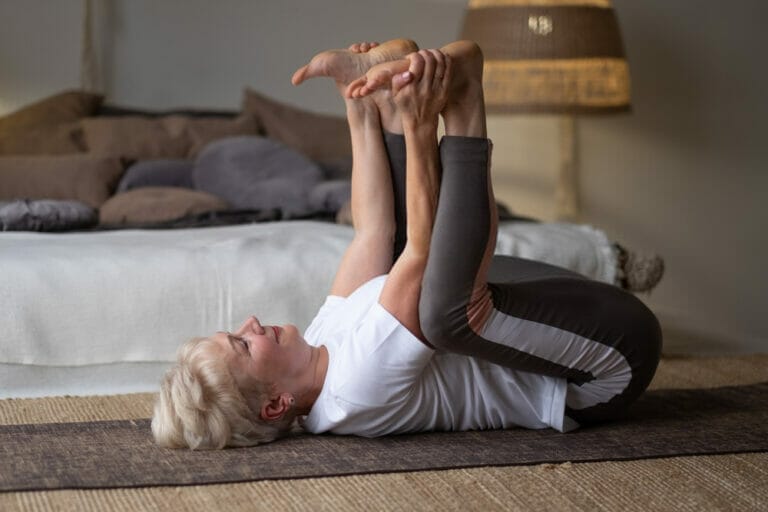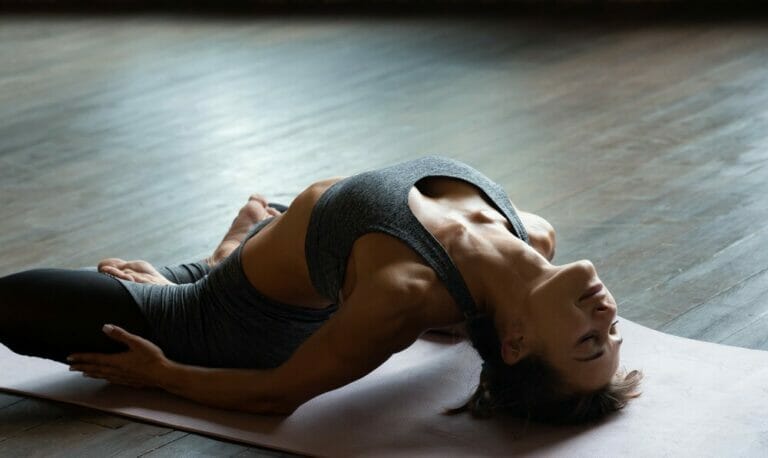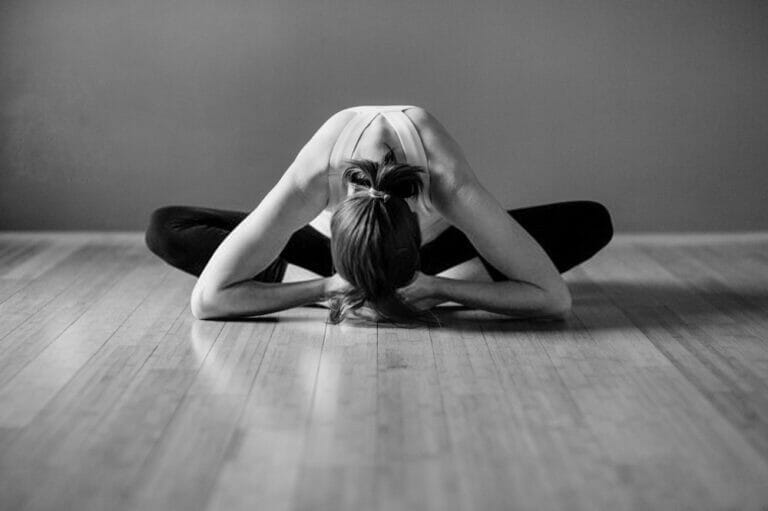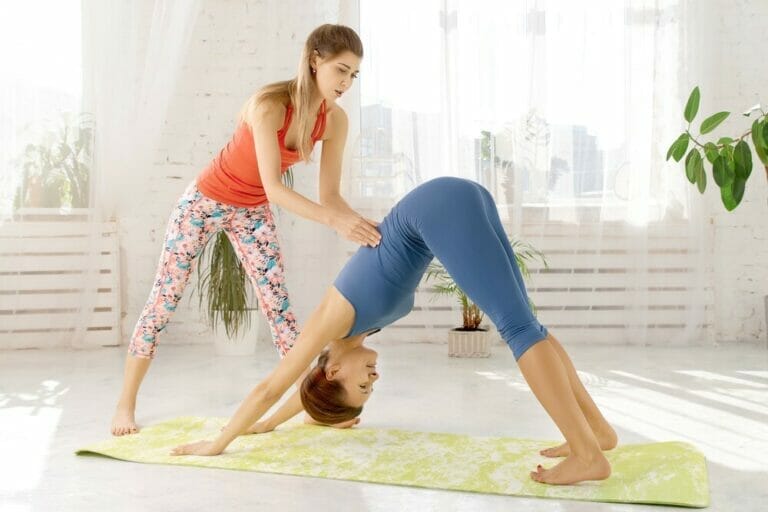So Many Ways To Do Yoga – Here Are Paddleboard Yoga Poses
Paddleboarding has become a prevalent sport in the last few years. Paddleboard yoga is a variation of traditional yoga that can be done anywhere there is the calm body of water or even on flat water and waves.
SUP yoga is a popular yoga-fitness combination involving a yoga program while floating on water on a paddleboard.
It’s completing your postures and maintaining a consistent breathing pattern while standing on your paddleboard.
It might be not very comforting to practice yoga on the water. After all, many of us find balance on land to be a difficult task! However, if you take the time to learn the correct alignment for the poses, there’s no reason why you shouldn’t give it a try.
Poses to try on a paddleboard
Seated Prayer Pose
The Seated Prayer Pose is a basic pose that ensures the flow of blood throughout your body. It’s also one of the best SUP yoga poses because it helps prevent muscle cramps.
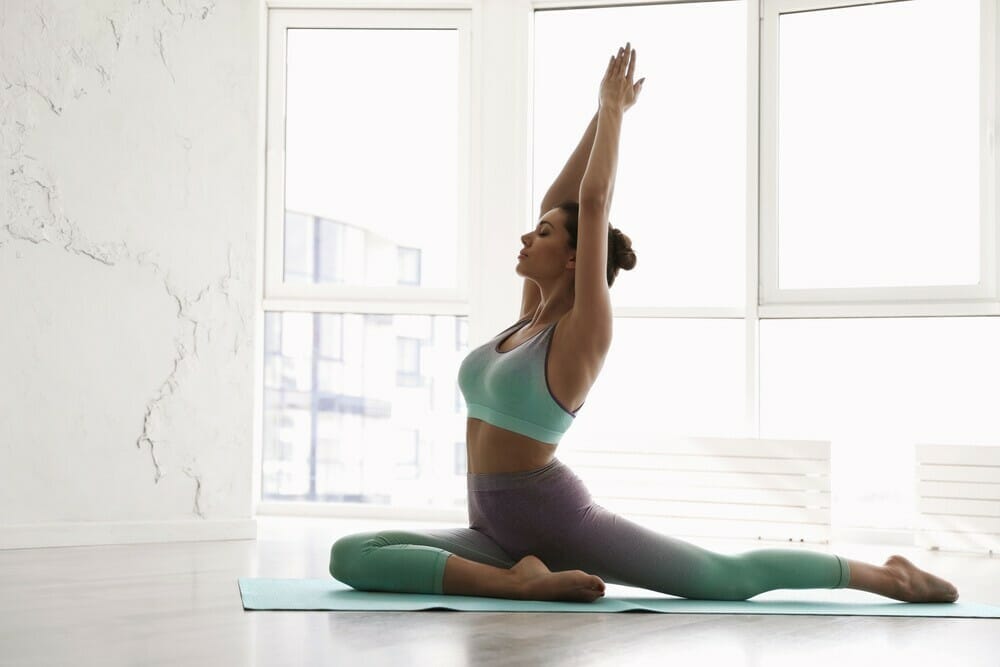
The comfortable sitting prayer posture may appear too simple to execute, yet it is one of the most acceptable poses for easing into your practice.
It’s an excellent position for paying attention to your environment and breathing. You’ll eventually be able to concentrate on the present.
Child’s Pose
Another famous yoga posture is the child’s pose, which provides a fantastic stretch for your entire back.
As a result, your shoulders, arms, and lower back are less strained. It is a stretch you should do if you’ve been suffering from back tightness.
Furthermore, because you will not be standing, this is a more straightforward posture.
As a child’s pose, you’ll enjoy the idea of being both seated and resting. It’s also a familiar yoga pose to prepare your body for meditation or deep relaxation.
Plank pose
The plank pose is an integral part of many yoga practices. It requires proper posture while also improving your core strength, balance, and endurance.
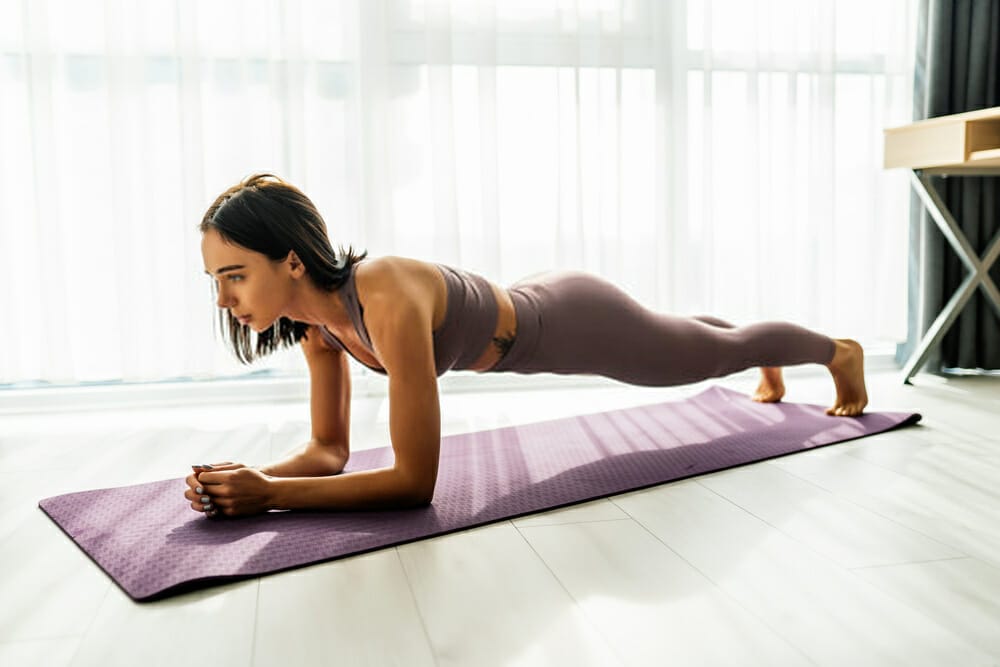
Because it utilizes both your core and your limbs, a plank is considered a full-body exercise. Therefore, it appears straightforward at first, but if you have to hold the posture for more than a minute, you’ll see that it’s not that simple.
A plank in yoga is comparable to a push-up, except that you stay in a raised pose.
Downward facing dog pose
The iconic downward-facing dog is excellent for stretching your legs. It will hurt your calves at first, but they will get less painful after a few tries. Your legs will eventually become more flexible as well.
A downward-facing dog is usually done from a tabletop pose or cobra position.
Bridge Pose
In comparison to other yoga postures, the bridge position is relatively simple. There are, fortunately, different methods to make this more difficult.
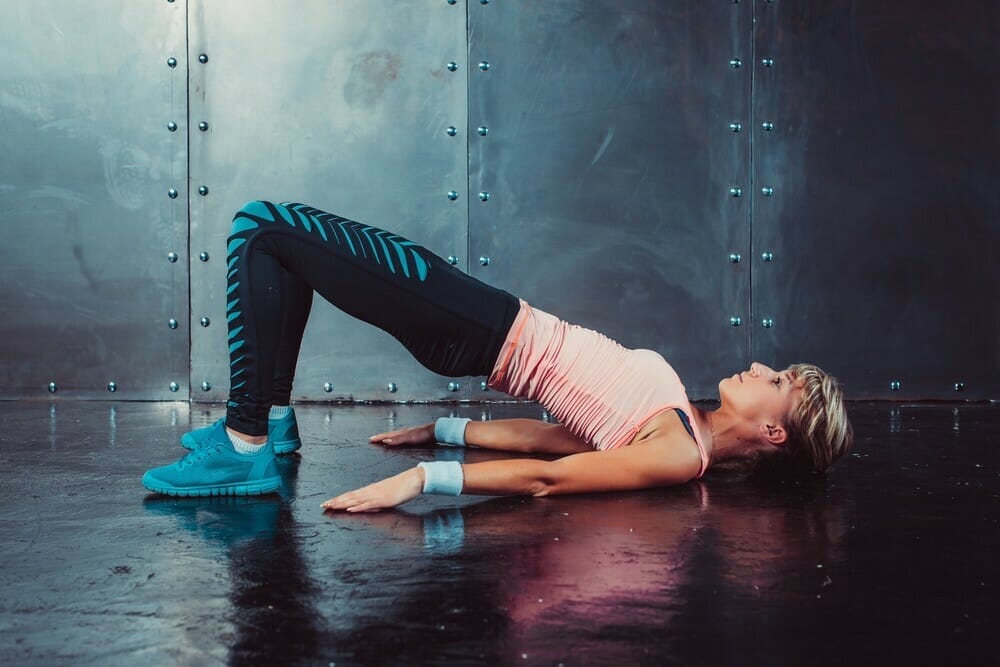
One way to do this is to raise one leg until the calf is parallel to the board. Then, after a few breaths, switch to the other side.
Chair Pose
The chair pose is another yoga posture that requires strength. You’ll strengthen your upper and lower body as well as your core. It is a great pose to improve your relationship with yourself.
This exercise is also great for beginners because it helps you relax, keeps your centre, and find balance on a paddleboard.
Mountain Pose
In yoga, the mountain pose is often thought of as a resting pose. However, it’s still one of the best yoga poses to do on a paddleboard because it’s good for your legs and your core.
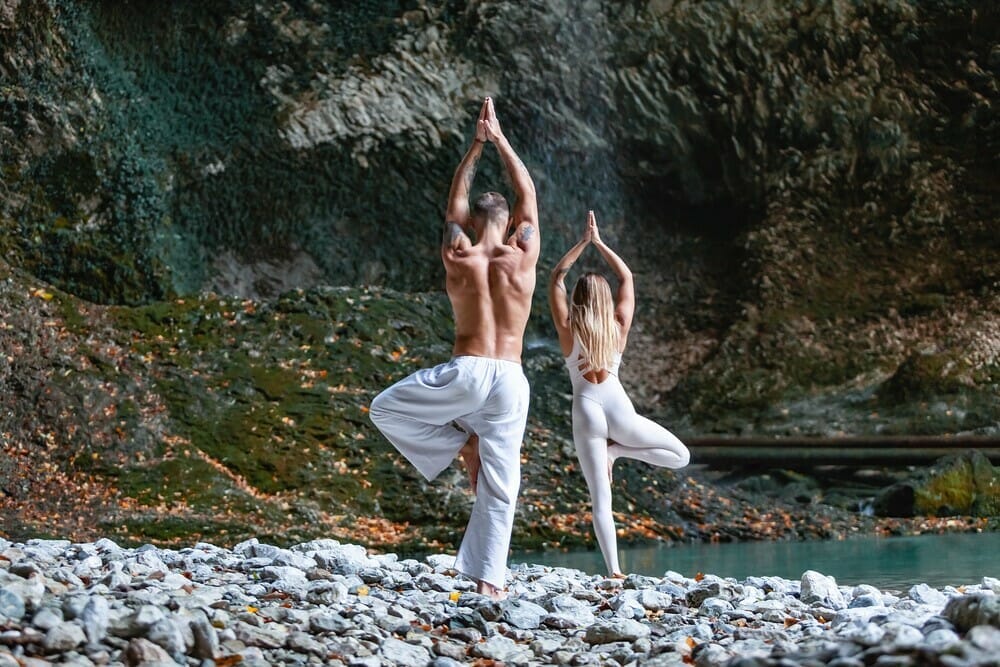
This pose will also work your arms and back. In addition, you’ll feel an excellent stretch across your shoulders and chest. It’s an important position, but it’s nice to practice now and then when you lose focus on your breathing.
Full Wheel pose
Wheel postures are excellent for stretching the entire body. It expands your range of motion and relieves stress in your arms and back. In addition, some wheel positions can put your leg muscles to the test.
Fallen Triangle
This pose will help you develop better balance on your paddleboard. You can do the fallen triangle while standing, but it’s more challenging when performing it on the paddleboard.
On a paddleboard, a falling triangle posture is perhaps one of the most unusual yoga poses you’ll witness.
Begin by lying down in a downward-facing dog stance. It’s simpler to rotate your body this way.
Sleeping Pigeon
The sleeping pigeon position is similar to the child’s pose; only one leg is tucked under. It provides a nice stretch for your legs, but it’s also great for your back.
This posture can be performed on the paddleboard if you’ve got space or if there’s a wide enough surface to lie on.
Camel Pose
The camel position requires flexibility, but it is among some of the most relaxing yoga poses that you can do. The reason for this is because you are completely relaxed with your head down.
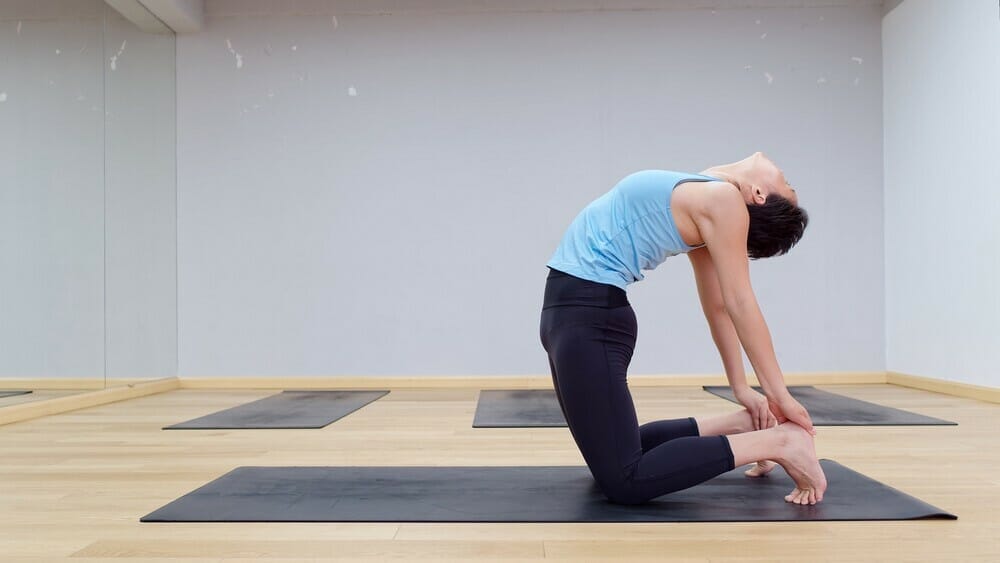
In addition, the camel position opens up your chest while relieving tension in your shoulders and shoulder blades.
Revolved Triangle
What is a revolved triangle, and how does it work? The name may appear frightening, yet it is far from that.
Because your legs are far apart, it makes balance simpler (which spreads your weight evenly around the board).
This pose tests your hamstrings, hips, spine, shoulders, and neck for balance and flexibility.
Warrior II
A warrior position is excellent for your shoulder blades and arms. You will also get a nice stretch throughout your upper body.
This posture will make you feel like you’re overcoming something because it’s a challenging pose to hold.
Warrior III
Warrior III is a more challenging version of the warrior II position. The pose will work your arms a little more while also stimulating your legs. It’s not easy to hold this posture for long periods, but it’s excellent for your entire body.
You may utilize your paddle for extra assistance when doing a Warrior III. If not, it’s OK, but keep in mind that maintaining your balance will be more difficult.
Tree Pose
The tree pose requires balance and focus. Unlike other poses, you’ll be using just one leg at a time. The tree position can be done while still on the board and often required a paddle to balance the body.
Wide Leg Standing Forward Fold
Lunges aren’t the only standing positions in yoga. Some of them are just excellent stretches that lift your hips to the skies. One such position is the wide-legged standing forward fold.
Unlike previous standing positions, you’ll be facing the board’s side.
Garland Pose
It looks to be a simple SUP yoga posture. However, depending on the health of your knees, you may encounter particular challenges. Nevertheless, it’s a great way to work out your leg muscles.
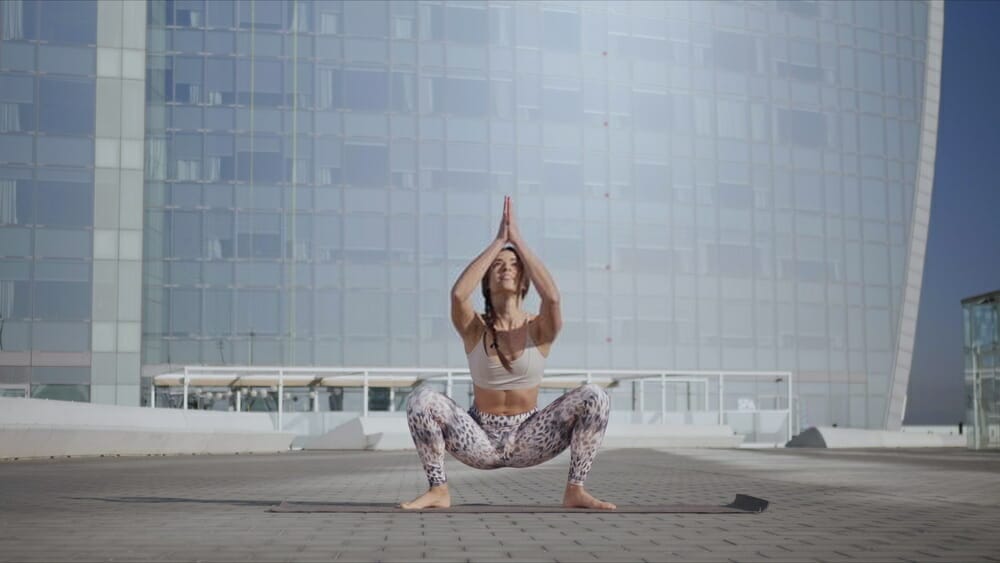
Make it a habit, and your knees and ankles will be stronger. It also provides excellent lower back treatment and aids digestion.
Corpse pose
Because you’re lying flat on your back, Savasana is arguably the most accessible yoga posture to perform.
So yes, there will be no kneeling, lunging, or arm twisting. Instead, you’ll fall flat on your back with your hands on your sides, your fingers touching the water.
Benefits of Paddleboard yoga
- Challenges your balance and your core – Balance is one of yoga’s most important foundational attributes. The more you practice SUP yoga, the more your body will develop balanced strength and agility.
- Improves flexibility – You can perform most yoga poses on the water, especially the more advanced ones. It is possible because you are not restricted by the limits of a traditional yoga mat.
- Increases circulation – Practicing yoga on the water is a great way to increase your overall circulation. The combination of the sun, the wind, and the water will stimulate your body’s natural heat while simultaneously relaxing your muscles.
- Calms the mind – If you are practising yoga on the water, a nice side-effect is that your mind will focus on maintaining a proper posture and breathing. As a result, your mind will become less distracted, and you’ll begin to notice things around you that you may not have otherwise seen.
- Improves your technique when doing land yoga – As you improve your balance, you’ll be able to more easily perform poses that are usually beyond your limits on land!
Conclusion
Paddleboard yoga is one of the most thrilling exercises you can engage in. And the SUP yoga postures mentioned above will assist you in becoming a better and happier version of yourself.
SUP yoga might be challenging, but it’s also a great way to unwind. There’s no shame in practising simpler variants if you’re a newbie.
What matters most is that you keep your attention on your breathing throughout the session.
Which poses are your favourite to do on a paddleboard? Let us know!
